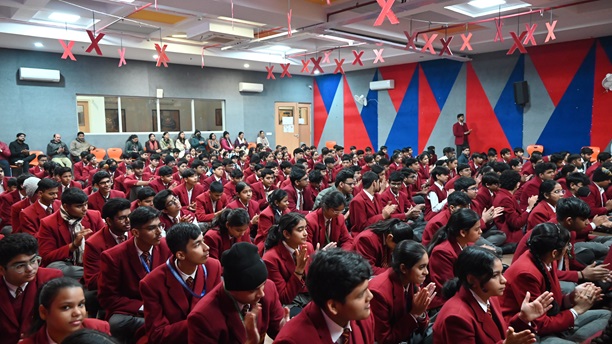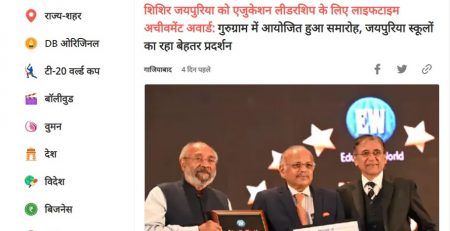Integration of Technology in Teaching
 Over the past decade, technology has played an increasingly imperative role in education. The integration of technology into the classroom has shaped new fangled opportunities for educators to create engaging and interactive learning experiences for their students. This blog post explores the benefits of technology in education, provides facts to support those benefits, and states examples of how technology can be blended in the classroom.
Over the past decade, technology has played an increasingly imperative role in education. The integration of technology into the classroom has shaped new fangled opportunities for educators to create engaging and interactive learning experiences for their students. This blog post explores the benefits of technology in education, provides facts to support those benefits, and states examples of how technology can be blended in the classroom.
One of the key benefits of technology in education is the ability to personalize learning. With the help of online learning platforms, teachers can adapt their teaching methods to each student’s individual learning needs. A study by the Bill and Melinda Gates Foundation found that students who used personalized learning technologies performed better on standardized tests and had higher graduation rates than those who did not. Additionally, research from the National Education Association found that personalized learning upsurges student motivation and engagement.
An added advantage of technology in education is its capacity to improve engagement. Interactive learning practices such as virtual reality simulations, educational games, and interactive whiteboards aid students better understand complex concepts. According to aneducation survey, 70% of teachers say that technology improves student engagement in the classroom. Additionally, a study by the University of California, found that students who used game-based learning achieved higher grades than those who didn’t.
 Additionally, technology also provides students with immediate feedback, which is vital to the learning process. Using technology tools such as online quizzes and assessments, teachers can provide immediate feedback to students and help identify strengths and weaknesses. In a study, University of South Florida found that students who received immediate feedback displayed higher levels of motivation and engagement.
Additionally, technology also provides students with immediate feedback, which is vital to the learning process. Using technology tools such as online quizzes and assessments, teachers can provide immediate feedback to students and help identify strengths and weaknesses. In a study, University of South Florida found that students who received immediate feedback displayed higher levels of motivation and engagement.
Technology tools such as Google Docs, Padlet, and Zoom enablecooperative learning experiences and enable students to collaborate on projects and assignments. A University of Michigan study found that collaborative learning improves student performance and improves critical thinking.
There are many examples of how technology can be integrated into the classroom. For example, the flipped classroom model is a teaching approach that converses the traditional learning model. In this approach, students watch recorded lectures or videos at home and complete exercises in the classroom. This allows for a more interactive and hands-on learning experience in the classroom. Virtual reality (VR) is another technology that can provide immersive learning experiences. Gamification can also make learning more exciting and engaging for students.
 Stating an example of my teaching subject – English, I have used Semantris and Arcade Google Game as effective tools to enhance my students’ English learning experience. Semantris is a word association game that helps students develop their vocabulary, improve their spelling, and strengthen their critical thinking skills. This game has been particularly useful for my students who struggle with spelling, as it provides them with instant feedback on their word choices. Additionally, the Arcade Google Game offers a variety of fun and interactive games that help students improve their reading comprehension and grammar. By incorporating these games into my lessons, my students have been able to comprehend the text in a better matter which has contributed towards their improvement.
Stating an example of my teaching subject – English, I have used Semantris and Arcade Google Game as effective tools to enhance my students’ English learning experience. Semantris is a word association game that helps students develop their vocabulary, improve their spelling, and strengthen their critical thinking skills. This game has been particularly useful for my students who struggle with spelling, as it provides them with instant feedback on their word choices. Additionally, the Arcade Google Game offers a variety of fun and interactive games that help students improve their reading comprehension and grammar. By incorporating these games into my lessons, my students have been able to comprehend the text in a better matter which has contributed towards their improvement.
The integration of technology into the classroom has altered the way we learn. Personalized learning, improved engagement, instant feedback, and improved collaboration are just some of the benefits technology offers. Without a shadow of a doubt, technology can be used to create engaging and interactive learning experiences for students. As technology continues to advance, it is imperative that educators harness its potential and use it to augment the learning experience of their students.

Written By-
Ms. Jyoti Tiwari
TGT English
Seth Anandram Jaipuria School-Lucknow





















